In his latest coaching blog, Kenya Experience Head Coach Hugo van den Broek discusses the age old adage of quality versus quantity. Is one better than the other and how do you determine this? He goes on to ask if there such a thing as ‘Junk Mileage’ and introduces the notion of ‘Junk Quality’. Are you doing too much, or too little training? Read on to find out more.
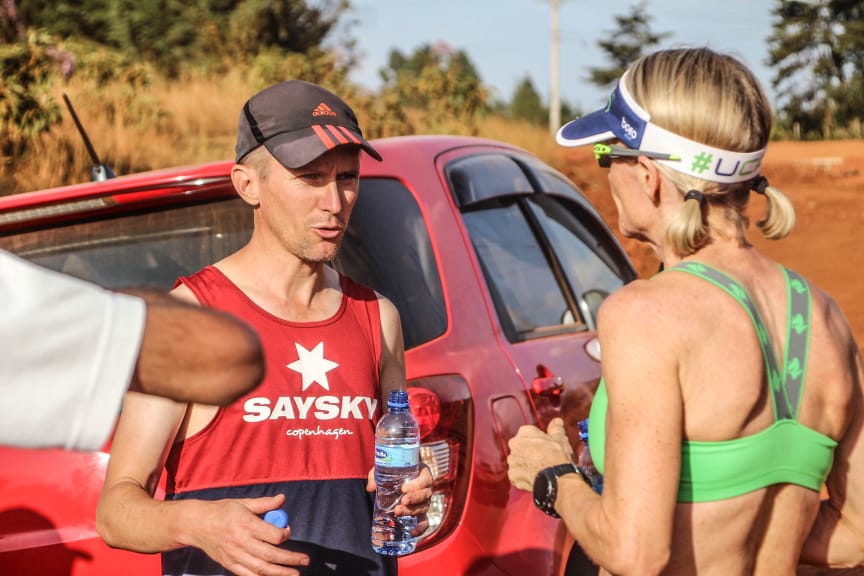
Most athletes are familiar with the discussion about quality or quantity. – It’s the age old question amongst runners and repeats itself time and again! Is it better to run a lot of easy mileage, or to focus on quality sessions but run less mileage? Some athletes are fierce defenders of one or the other method. For them, either mileage is everything, or quality sessions are everything.
As always, I think the truth is a little more subtle.
How does training lead to improvement?
To explore this topic, let’s first remind ourselves of the basics of training & adaptation. There are a few things that we know (in this article, when I use the word body, I mean the whole body-mind system, so including all the functions of our brain):
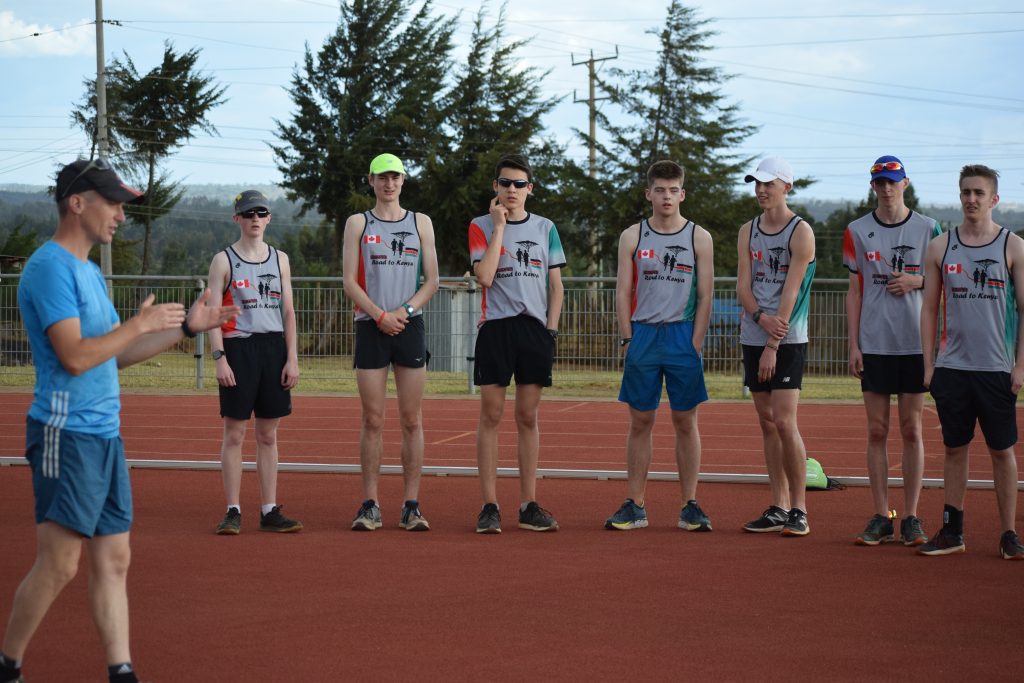
- ‘Training’ means to create stress in our body. Or to say it in a more positive way; to stimulate our body.
- When we do something which produces fatigue, (something which is stressful to our body), it generates a response within the body. It’s not the training itself that makes you stronger, it’s the recovery from training, which leads to certain adaptations that make you stronger.
- Some of the adaptations that happen as a result of endurance training are; Increase the number of capillaries (the tiny blood vessels inside our muscles); Increase the size and the number of mitochondria (the fabrics in our muscle cells); Our heart gets bigger and our blood volume increases. These changes enable the heart to pump more blood and more oxygen around the body. Where the heart of the untrained person generally pumps around 20-25 litres of blood per minute, the heart of the trained runner can pump up to 40 litres per minute. Another effect of training is that we teach our body to better use fat as an energy source, while at the same time we increase the size of our glycogen store.
- Different forms of training, or different forms of stress/load will lead to different types of adaptations. And it’s not only a session that leads to adaptations, but also a combination of sessions. For example, science has shown us that doing a workout while being tired from previous easy runs, can lead to greater improvement compared to doing that same workout while being completely fresh.
- Adaptation is dose dependent. We need to stress our body with the right dose. A very large dose of stress (for example, doing a 3 hour long run, if you’ve never done more than 1 hour), does NOT lead to adaptations and will not make you stronger. Ideally, we want a dose of stress, which is slightly heavier than what we know our body can handle.
- Different people/athletes respond to the exact same training in a different way.
- The same type of training that on one moment leads to an adaptation in your body (and thus to improvement), will later not lead to that same type of adaptation anymore. This goes back to point number 5. If you have done this type of training for over 3 years, it probably does not create stress anymore. It makes sense that doing a 45 minute easy run causes stress in an athlete who never ran more than 30 minutes. But that same 45 minutes hardly does anything to an athlete who is used to run 60 minutes every day. This does not mean that he/she should not do it, only that that type of session by itself does not cause improvement (but in combination with other sessions it can).
So Quality or Quantity?
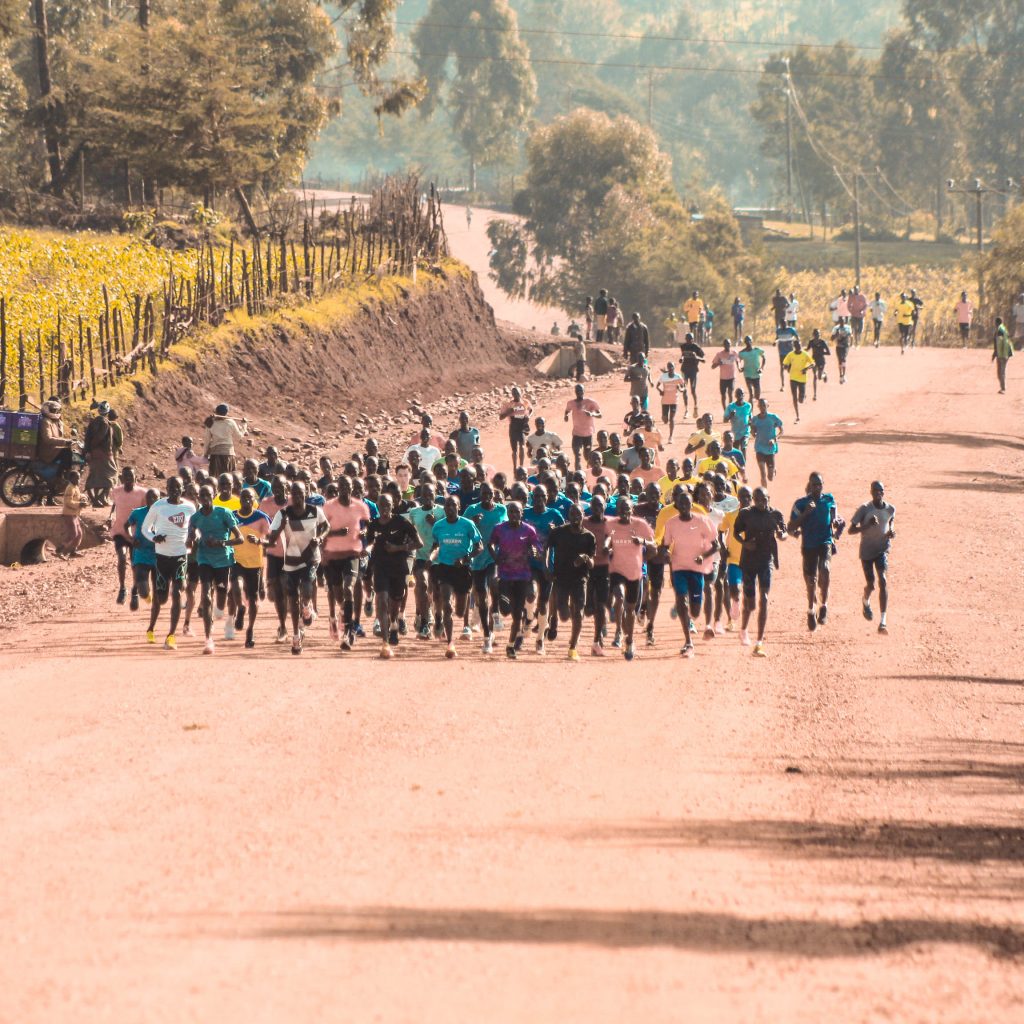
Now, back to the subject at hand – Quality v Quantity. Doing high quality training sessions creates stress in our system, but doing a 2 hour long run ALSO creates stress in our system and running 100 miles / 160K per week ALSO does that. All of these lead to physiological adaptations. For example, we know that certain adaptations will only happen after running for more than an hour. So in one way, doing a long run is also ‘quality’, Just a different form of quality, which leads to different adaptations.
What is also interesting is that different adaptations can lead to the same end result. For example; increasing the amount of capillaries in our muscles, is different from our heart getting bigger/stronger, but both have more or less the same effect, namely that more oxygen rich blood can reach our muscles (which helps us to run faster).
Now, with that as back ground information, it’s understandable that most elite coaches agree about two things:
– You will never reach the top (or your personal top) without doing some quality training, meaning anything at marathon pace or faster. Most elites do 2-3 quality sessions per week. Rather than increasing the number of quality sessions per week to 4 and later 5 sessions per week as they get stronger, what they do is that they make the workouts harder. This can be done by increasing the pace, or by increasing the amount of time spent at a quality speed (doing 10K of quality, instead of doing 9K at the same pace). They use the days in between the workouts to recover, but in an active way by doing easy runs.
– You will also not reach the top (or your personal top!) without a certain amount of mileage/volume. There are pretty big differences per athlete, but even a relatively low-mileage guy like 800m world record holder David Rudisha runs often up to 80K (50 miles) per week, which is 100 times his race distance. There are elite marathoners who run 150K per week, and those who run 250K per week. But you won’t find elite marathoners who run an average of 85K per week – still twice their race distance. A lot of their mileage is easy. This is not ‘junk-mileage’. This easy mileage causes adaptations (partly by itself, partly in combination with the quality workouts) that will not happen if you would do the quality sessions alone.
What is Junk Mileage?
A little bit more about that last term; junk-mileage. Is there such a thing? Yes, there is but it doesn’t relate to a certain pace as most people presume.
When you start adding miles on top of a tired body which is asking for recovery, that is junk mileage. When you keep on running to get to that ‘magic’ 100K per week (or whatever your target is), with complete disregard for your recovery, that is junk mileage. When you run slower in the quality workouts, because all the easy running leaves you exhausted, that is junk-mileage. But we can’t say that “over 100K per week is junk mileage”. That completely depends on the person and the training history. For some athletes, 100K per week, in combination with 2 quality workouts, can be exactly the right dose. For others, it can be too much, and again others will see their shape decline if they run only 100K per week.
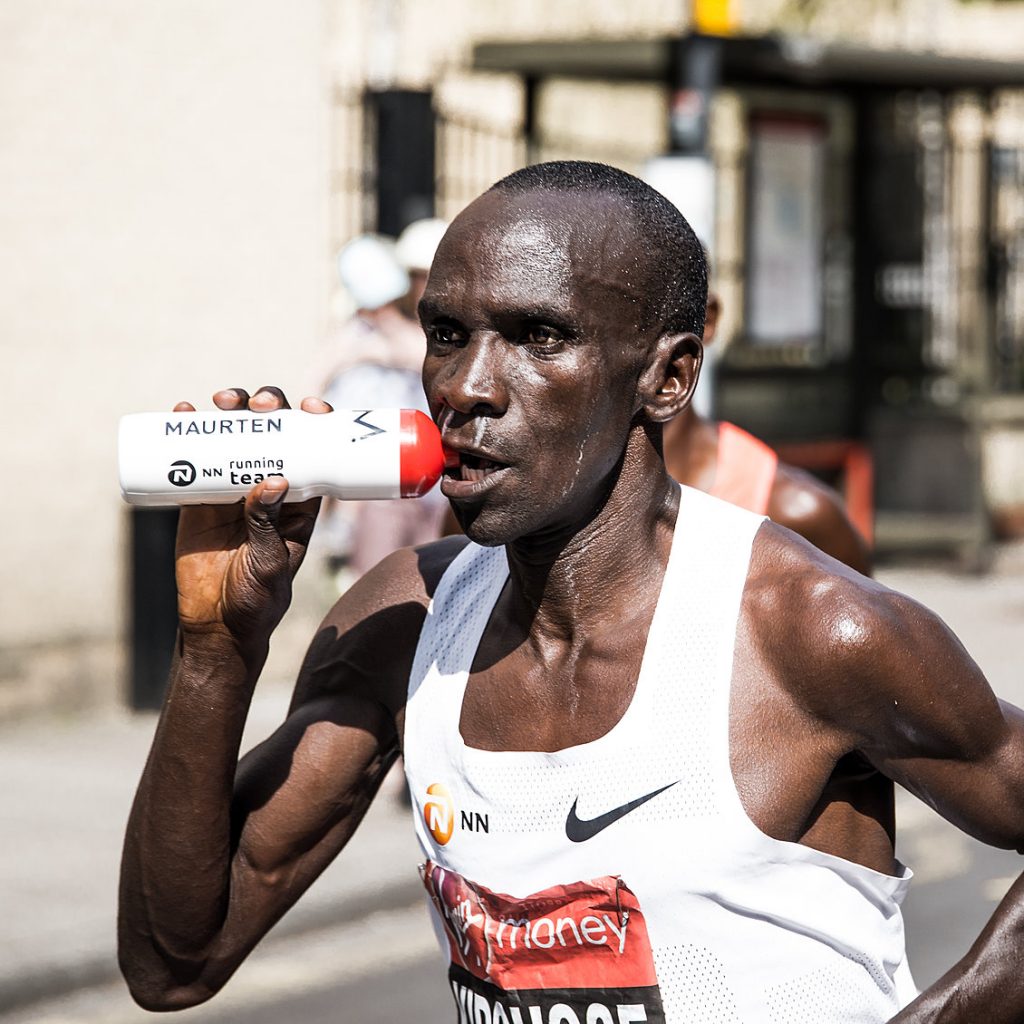
Picture C/O: Maurten (https://www.maurten.com/achievements)
If you don’t allow yourself to recover, your body can’t respond well and you won’t improve. Easy mileage, just as quality mileage, is a stressor to the body. So it has benefits, but you can’t handle unlimited amounts of it. There is an optimum. You and your coach can decide what that optimum is. It will take time to figure it out and most likely that optimum is not exactly the same week on week.
Junk Quality?
Maybe it’s also time to introduce a new term. Since we speak about ‘junk mileage’, we should also speak about junk-quality. Amongst amateur runners this may be an even bigger problem than junk mileage. Put simply, if an athlete does too much quality (hard) running then they don’t recover properly and therefore will not improve. So not only does the extra quality running not provide a benefit, it also eliminates the potential benefit of the correct dose of quality training. A negative double whammy!
As an extremely rough guide, If much more than 50% of your total weekly mileage, is at threshold or race pace, you are almost definitely guilty of doing junk quality.
Summary
Now, keeping all of the above in mind, let me summarise my advice:
- When you are a beginner, new in the world of running, you should first simply build up your easy runs. Many beginners don’t really differentiate between easy, moderate and fast. They know only one pace. That is okay, because you first have to get used to running and improve your cardiovascular system. Once you are able to run three times per week for 45-60 minutes, at a pretty comfortable pace (being able to talk while you run), is when you can start thinking of adding quality.
- Generally speaking two quality sessions per week will give you the right boost to your performance. For the quality sessions, focus on lactic threshold pace and faster. On a side note: don’t think that you have to run at your 3000m race pace, in order to improve your 3000m. Most amateur runners will improve ALL their distances, when they do training sessions at their threshold. At the same time, doing training sessions at paces much faster than your threshold, can ALSO improve your threshold. This is because both type of sessions cause physiological adaptations, which lead to better oxygen transport. Additionally; two quality sessions per week is not a law. If you have done a quality session on Tuesday, but it was very hard, then maybe that was enough quality for that week and you should just run easy the rest of the week.
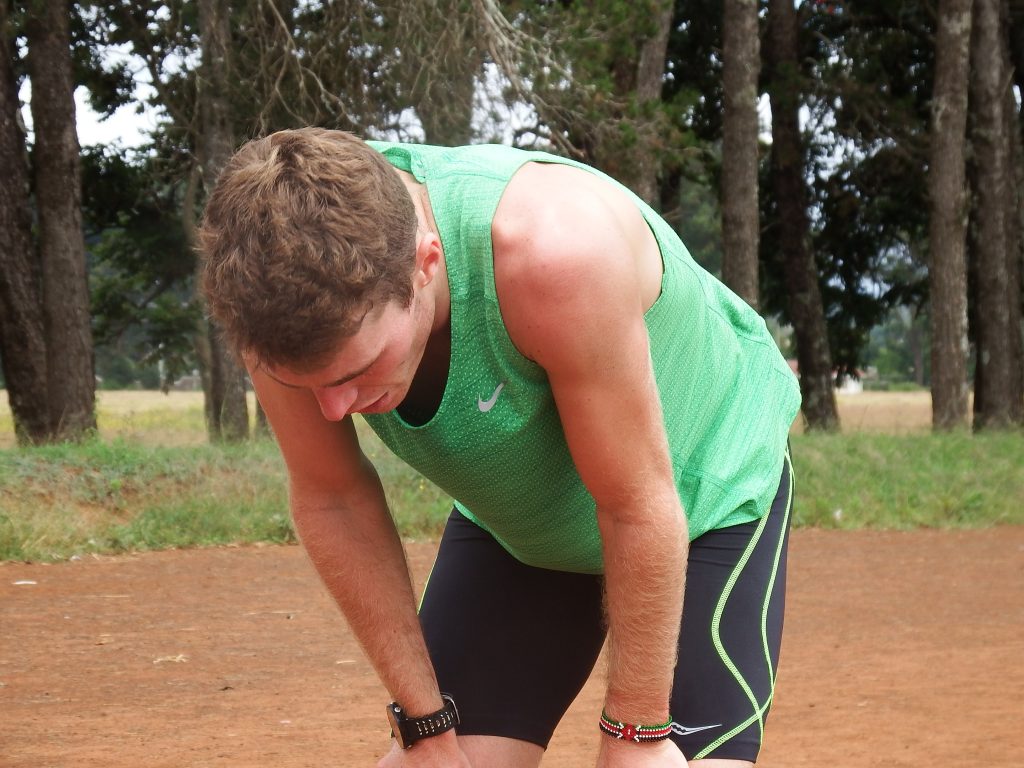
- Variation is everything! We know that different training leads to different adaptations. And we also know that doing the same type of training over and over, does NOT lead to adaptations anymore. This mean that we have to keep on surprising our body and that also counts when it comes to the quality/quantity question. Parts of the year, focus on bringing the mileage up, with less emphasis on the quality (but still minding your recovery). During other parts of the year, reduce the mileage and work on race pace and faster. Also from one week to another week you can let the amount of mileage and the amount of quality fluctuate – Your overall volume is not set in stone and if you run 45km one week do not fall into the trap of thinking you must run at least 45 the next! The overall volume is just one piece of the puzzle.
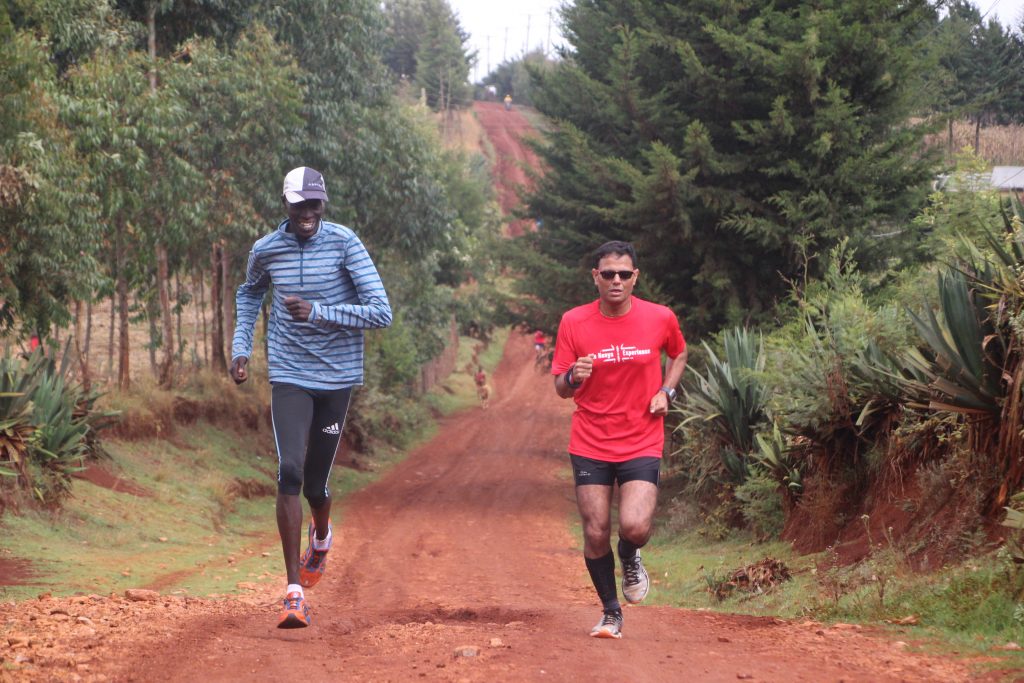
- Once you’re comfortable with doing two quality sessions per week, like a tempo run and a fartlek, plus one other easy run, you can start adding other easy runs. Some runners improve a lot from increasing the easy mileage. Others don’t. This is something you will have to find out. My rule of thumb for adding mileage is: If an athlete adds easy mileage, and he/she keeps doing well on the quality sessions, then it’s okay. See also point 4 which I mentioned above: doing a quality session while being a bit tired from your easy run, can help you to improve more!
- Generally speaking, mileage and quality should go hand in hand. If you’re preparing for a half marathon, and you’re doing 100K per week, but you only cover about 10K of quality in your two workouts (like a 5K tempo on Tuesday and a 5K fartlek on Friday), then probably you can improve more by making your quality workouts longer. Step by step you want to come to a point where you can do 10K of quality in one session. At the same time, if you already do 10K of quality twice a week, but you only run a total of 40K per week (so half of it is quality), then you can probably improve more from adding easy mileage, not from further increasing the length of your quality workouts.
As usual with distance running, a sport which at first glance seems so simple, finding the right formula for each athlete can be a real challenge. Keep an open mind and see which system brings about the best results for you personally.
Thanks for reading,
Hugo
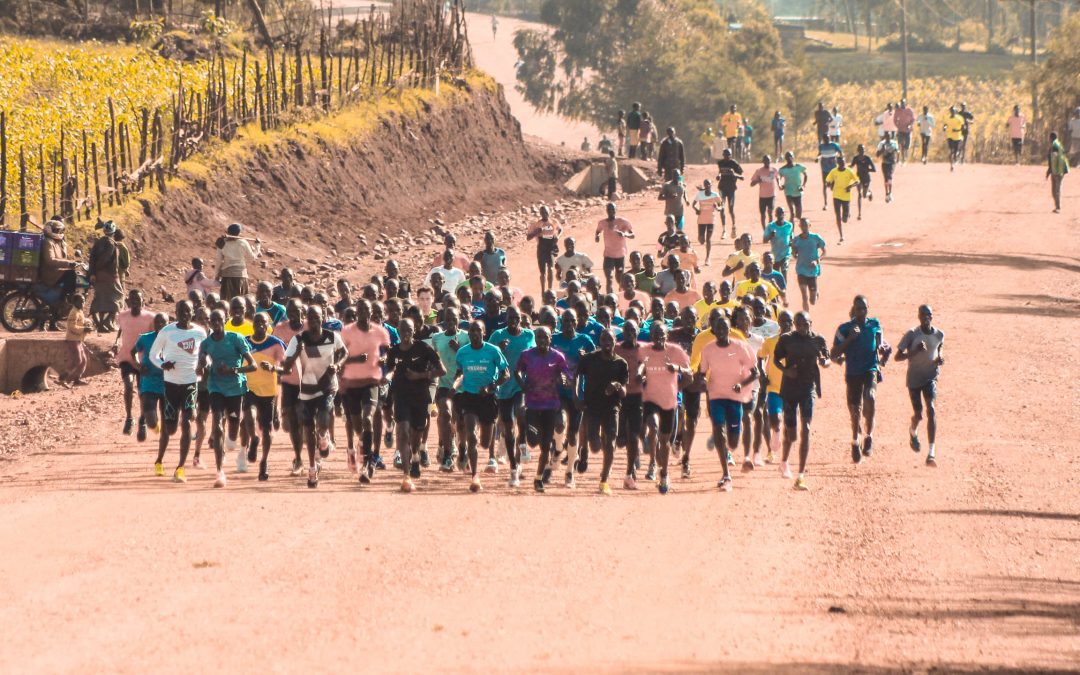
Recent Comments